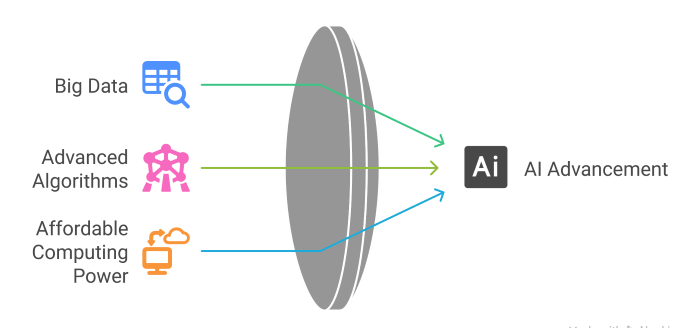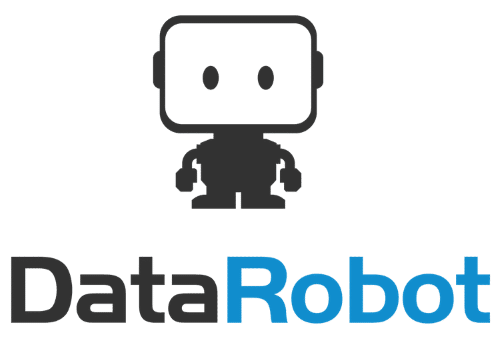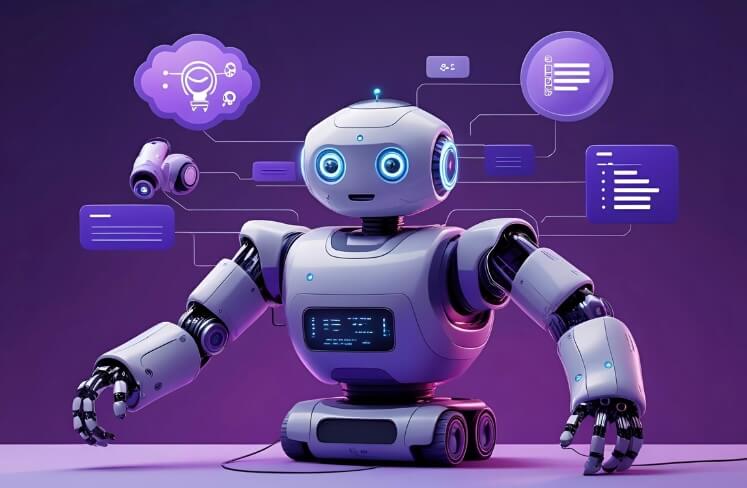AI automation is reshaping industries at lightning speed. From chatbots handling customer support to algorithms managing entire business workflows, AI is no longer just a “cool tech”—it’s becoming the backbone of how organizations operate.
But what exactly is AI automation? How is it different from traditional automation? And most importantly—how can YOU start using it to save time, cut costs and grow your business?
What Is AI Automation?
In simple terms: AI automation = Artificial Intelligence (AI) + Automation.
Automation on its own is nothing new—think assembly lines, washing machines, or even email filters. But AI-powered automation goes beyond just following instructions.
- Traditional automation: Executes pre-set rules.
- AI automation: Learns, adapts, and makes decisions based on data.
Instead of just “if X, then Y” commands, AI can:
- Analyze past patterns.
- Predict outcomes.
- Adjust its own behavior over time.
Example:
Instead of just sending an automated email reply like “We’ll get back to you soon,” AI automation can read the customer’s message, understand the urgency, and draft a personalized response.
This is why AI-powered workflows feel almost human-like—they can understand context, not just follow rules.
A Simple Analogy: How AI Automation Evolved

Think of automation like building with Lego blocks.
- Traditional automation: You build a Lego car that drives forward. If you want it to turn, you need to rebuild it.
- AI automation: The Lego car now has sensors. It learns where the obstacles are, adjusts its path, and even builds new parts for itself when needed.
How did we reach this point? Three big breakthroughs made AI automation possible:
1. Big Data
Thanks to the internet, connected devices, and cloud storage, machines now have enormous amounts of information to learn from.
2. Advanced Algorithms
Technologies like deep learning, natural language processing (NLP), and reinforcement learning gave machines the ability to make complex decisions.
3. Affordable Computing Power
Cloud platforms and GPUs made it cheap and fast to run AI models at scale.
Put together, these advancements created the foundation for AI automation—a dynamic, evolving system instead of static rule-based scripts.
Why Is AI Automation So Important?
AI automation isn’t just a productivity hack—it’s a business necessity.
Here’s why:
- Time Savings: Automate repetitive tasks like scheduling, reporting, and data entry.
- Cost Efficiency: Reduce the need for large teams for routine work.
- Smarter Decisions: AI doesn’t just execute—it learns and recommends.
- Scalability: Grow your operations without proportionally growing your workforce.
- Human Focus: Free up employees for creative, strategic, and high-impact work.
Real-World Examples of AI Automation
To understand its power, let’s look at how top companies are using AI automation:
1. Netflix
Uses AI to recommend shows, optimize streaming quality, and even assist in content production.
2. Amazon
Automates inventory management, shipping, and personalized shopping recommendations.
3. Coca-Cola
Uses AI-driven automation for marketing campaigns and supply chain optimization.
4. Small businesses
Use Zapier + ChatGPT to handle lead follow-ups, generate content, and manage repetitive admin tasks.
Whether you’re a small startup or a global enterprise, AI automation levels the playing field—you can do more with fewer resources.
What Can You Automate With AI?
Here are just a few examples:
- Customer Service: AI chatbots that handle 80% of customer queries.
- Marketing: Personalized email campaigns that adjust based on performance.
- Finance: Automated expense tracking, invoice processing, and fraud detection.
- Healthcare: Patient data entry, appointment scheduling, and even assisting in diagnosis.
- Software Development: Auto-generated code, testing pipelines, and bug detection.
If a task is repetitive, data-heavy, or rule-based, AI can probably automate it.
The Best AI Automation Tools
Ready to get started? Here are some of the top tools for AI automation:
1. n8n – Open-Source Workflow Automation
- Use case: Automate workflows across different apps.
- Why it’s great: Fully customizable, self-hosted, and open-source.
- Best for: Developers and startups that want flexibility.

2. UiPath – Enterprise-Grade RPA
- Use case: Automating repetitive processes at scale.
- Best for: Large organizations needing Robotic Process Automation (RPA).

3. Zapier & Make (formerly Integromat) – No-Code Automations
- Use case: Connect apps like Gmail, Google Sheets, Slack, and more.
- Best for: Freelancers, marketers, and small businesses.

4. OpenAI (ChatGPT) & Other LLMs
- Use case: Automate emails, content generation, coding, and data analysis.
- Best for: Businesses needing natural language understanding.

5. DataRobot – Machine Learning Without the Complexity
- Use case: Build and deploy predictive models without deep coding.
- Best for: Data-driven businesses wanting AI insights.

6. Jasper & Copy.ai – Content Creation Automation
- Use case: Generate blogs, social media posts, and ad copies.
- Best for: Marketing teams and content creators.

How to Get Started with AI Automation
- Identify Repetitive Tasks: Look for processes you do often (e.g., lead follow-ups, data entry).
- Pick the Right Tool: Start with beginner-friendly options like Zapier or n8n.
- Start Small: Automate one workflow. Test. Improve. Then scale.
- Leverage AI Assistants: Use ChatGPT for generating emails, reports, or even brainstorming ideas.
- Measure Results:Track time saved, cost reduction, and process improvements.
The Future of AI Automation
AI automation is only getting started. By 2030, we can expect:
- Self-Optimizing Workflows: Automations that detect inefficiencies and fix themselves.
- AI-First Businesses: Companies where 70–80% of operations are fully automated.
- Deeper Human-AI Collaboration: AI working alongside humans—not replacing them.
FAQs About AI Automation
1. Is AI automation replacing jobs?
Not entirely. It replaces repetitive tasks but creates new opportunities in AI management, strategy, and creative roles.
2. Do I need coding skills to use AI automation?
Not always. Tools like Zapier and Make are no-code. For deeper customization, coding knowledge helps.
3. How much does it cost?
It depends on the tool. Some (like n8n) are free. Others (like UiPath or DataRobot) are enterprise-level with custom pricing.
Conclusion
AI automation is no longer a luxury—it’s becoming essential. Whether you’re automating a simple task or transforming your entire business process, the tools are accessible, affordable, and more powerful than ever.
Start small. Automate one process. Then another. Over time, you’ll see AI doesn’t just save time—it reshapes how you work.

